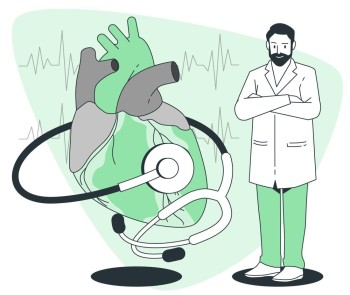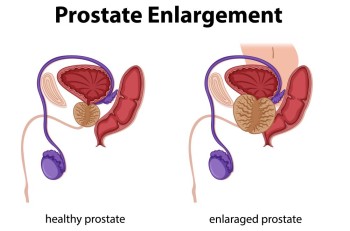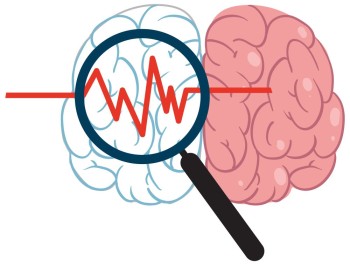
Gastrointestinal health assessment has reached new heights with MRI Enterography, a cutting-edge imaging procedure designed to provide detailed insights into the digestive system.
MRI Enterography with Cost in India
MRI Enterography: Navigating
the Depths of Gastrointestinal Imaging
Gastrointestinal health assessment has reached new heights with MRI Enterography, a cutting-edge imaging procedure designed to provide detailed insights into the digestive system. This article aims to unravel the intricacies of MRI Enterography, from its purpose and procedure to its applications in diagnosing various gastrointestinal conditions.
1. Introduction
In the realm of medical imaging, MRI Enterography stands out as a valuable tool for examining the gastrointestinal tract. This non-invasive procedure offers detailed images, aiding in the diagnosis and management of gastrointestinal disorders.
2. What is MRI Enterography?
2.1. Purpose and Scope
MRI Enterography is a specialized imaging technique designed to visualize and evaluate the small intestine and other parts of the gastrointestinal tract. It plays a crucial role in assessing conditions affecting the digestive system.
2.2. Importance in Gastrointestinal Imaging
The significance of MRI Enterography lies in its ability to provide high-resolution images without exposing patients to ionizing radiation, making it a preferred choice for certain gastrointestinal evaluations.
3. Procedure of MRI Enterography
3.1. Patient Preparation
Patients undergoing MRI Enterography need to adhere to specific dietary restrictions and may be required to fast before the procedure. Adequate hydration is crucial for optimal imaging.
3.2. Imaging Process
During the imaging process, patients lie on a table that slides into the MRI machine. The scanner captures detailed images of the gastrointestinal tract, aided by the administration of contrast agents for enhanced visualization.
3.3. Contrast Agents and Enhancements
The use of contrast agents in MRI Enterography allows for better differentiation of structures within the digestive system. This aids in identifying abnormalities and improving the diagnostic accuracy of the procedure.
4. Advantages and Limitations of MRI Enterography
4.1. Non-invasiveness
One of the primary advantages of MRI Enterography is its non-invasive nature, eliminating the need for invasive procedures while providing comprehensive images of the gastrointestinal tract.
4.2. Detailed Imaging
MRI Enterography offers detailed and multiplanar imaging, allowing healthcare providers to assess the entire length of the small intestine and detect conditions that might be challenging with other imaging modalities.
4.3. Limitations and Considerations
While highly effective, MRI Enterography may have limitations, such as longer imaging times and the need for patient cooperation. These considerations are weighed against the significant diagnostic benefits.
5. Common Conditions Diagnosed by MRI Enterography
5.1. Crohn's Disease
MRI Enterography plays a crucial role in the diagnosis and monitoring of Crohn's disease, providing detailed insights into inflammation and complications within the small intestine.
5.2. Small Bowel Obstruction
The procedure is valuable in identifying and assessing small bowel obstructions, aiding in prompt intervention and management.
5.3. Tumors and Inflammation
MRI Enterography excels in detecting tumors, inflammation, and other abnormalities within the gastrointestinal tract, contributing to accurate diagnosis and treatment planning.
6. Preparing for MRI Enterography
6.1. Dietary Restrictions
Patients need to follow specific dietary restrictions before the procedure, which typically includes avoiding solid food for a specific period to ensure optimal imaging results.
6.2. Informing Healthcare Providers
It's essential for patients to inform healthcare providers about existing health conditions, allergies, and any previous adverse reactions to contrast agents.
7. Post-Procedure Care and Follow-up
7.1. Recovery Time
Recovery after MRI Enterography is generally quick, with patients resuming normal activities shortly after the procedure.
7.2. Reviewing Results with Healthcare Providers
Healthcare providers discuss the results with patients, providing insights into any identified issues and recommending further diagnostic or treatment steps.
8. Comparison with Other Imaging Techniques
8.1. CT Enterography vs. MRI Enterography
Comparing MRI Enterography with CT Enterography highlights the advantages of MRI, including superior soft tissue contrast and the absence of ionizing radiation exposure.
8.2. Advantages of MRI in Specific Cases
In specific gastrointestinal cases, such as evaluating inflammatory conditions, MRI's ability to provide detailed and comprehensive images makes it a preferred imaging modality.
9. Future Trends and Developments
9.1. Technological Advancements
Ongoing research focuses on enhancing MRI Enterography technology, aiming for improved image resolution and faster imaging times.
9.2. Research in Gastrointestinal Imaging
Exploration of new contrast agents and imaging techniques continues to advance the capabilities of MRI Enterography, promising even more accurate and detailed results in the future.
10. Real-Life Patient Experiences
10.1. Testimonials and Case Studies
Real-life patient experiences underscore the effectiveness of MRI Enterography in diagnosing and managing gastrointestinal conditions, offering valuable insights into the impact on individuals' lives.
10.2. Impact on Treatment Plans
The information gathered from MRI Enterography significantly influences treatment plans, allowing healthcare providers to tailor interventions based on precise diagnostic findings.
11. Conclusion
MRI Enterography emerges as a transformative tool in the realm of gastrointestinal imaging, offering unparalleled insights into the complexities of the digestive system. Its non-invasive nature, detailed imaging capabilities, and diagnostic accuracy make it a cornerstone in the diagnosis and management of various gastrointestinal conditions.
(0)
Login to continue



